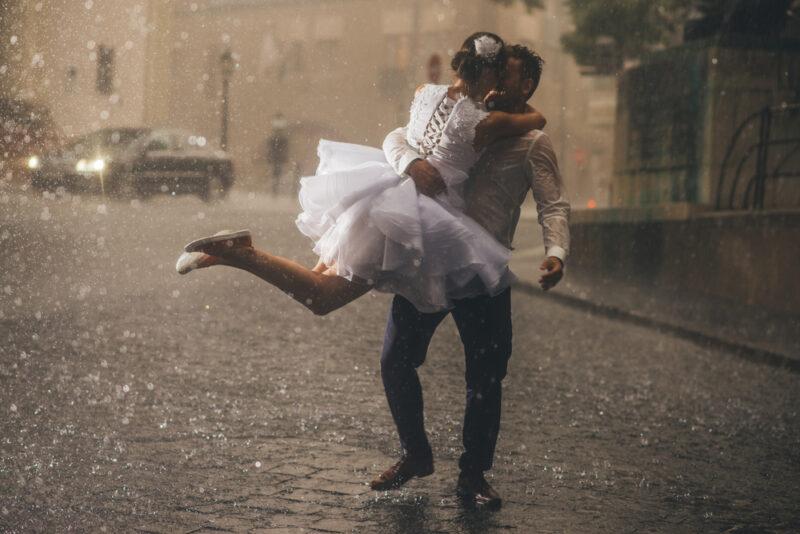Some people I work with want the turbulence in our external environment to simply stop. They want to return to a time when things were slower and more predictable. Many are just trying to get through each day and survive what shows up. Still others want to lean into the changes, and start dancing with disruption.
Becoming conscious of our responses to disruption
I believe the turbulence and unpredictability we are experiencing from weather events, shifts in economic dynamics, consumer patterns, and social and ecological tensions will continue. In part, this is because our systems are deeply intertwined and interdependent. Ripple effects from any disruption continue to amplify as they move through our lives and systems.
Now might be the time to reflect on how we respond to unpredictability, disruption, and change. Do we try to avoid it or focus on surviving it? Or do we learn to dance with it? In July of this year, our planet experienced its hottest month on record. Some people lived in 100-degree-plus temperatures for more than 30 days. While another hot day may not seem like a big event, it disrupts us all the same.
We all have our responses to the turbulence and unpredictability of our lives, but they’re usually one of the ones I described at the beginning of this piece. Let’s examine more closely what happens in these three scenarios.
Avoiding, surviving, or dancing with disruption
Sometimes, we can see a disruption coming at us, like storm clouds on the horizon. When we perceive something on its way, we might look around to determine if we can avoid the storm. That might mean going indoors, traveling away from the storm, or taking an alternate route that bypasses the storm. When those options are present, they work well. The avoidance strategy only works under certain conditions, however.
At other times we need to hunker down and focus on surviving the storm. In Minnesota, if we know a blizzard is coming, we head to the store and stock up on food. We put our cars in the garage, and we make sure we have alternate sources of light or heat in case our electricity goes out. Many of us find our favorite books and engage in family pastimes to entertain us as we wait out the blizzard. Survival is also an effective way to live through a disruption. When the blizzard finally passes, we get our shovels (either figuratively or literally) and start clearing our driveways. We fix any damage that has occurred. The next morning, we get back to our lives.
The third response to disruption is not nearly as common. This is when we learn how to dance with change. I work with non-profit organizations as well as small to mid-sized businesses. When a disruption is coming toward them that could disturb (or even decimate) their business model or client base, the best companies lean into the disruption and start to play. They see this as an opportunity. They experiment, ask new questions, , imagine alternative futures, and seek to create a deeper or better impact in their industries and/or communities. Teams that choose this response have stopped seeing disruption as a problem. Instead, they see it as an interesting challenge to become better, more effective, and their work to become more meaningful.
Denial isn’t a choice
Just remember that denial should never your response to disruption and change. Denial makes us more fragile personally and organizationally. When the full strength of the storm hits us, we will be unprepared because we never saw it coming.
Are you dancing with disruption? What is your relationship with change? Stay tuned for a very special series on change coming up over the next weeks!







Thank you for these weekly reflections. Even though I don’t reach out every week, I thoroughly enjoy them. If you’re going to be in Vancouver next month for ILA, let’s touch base.